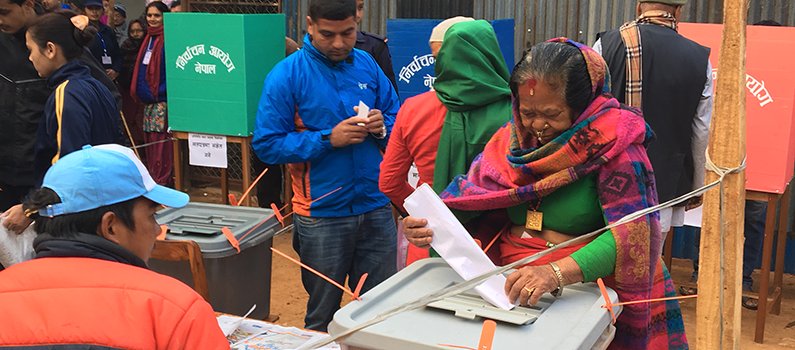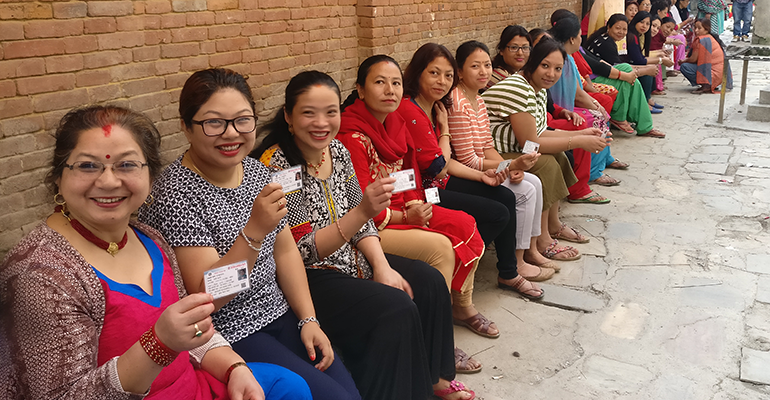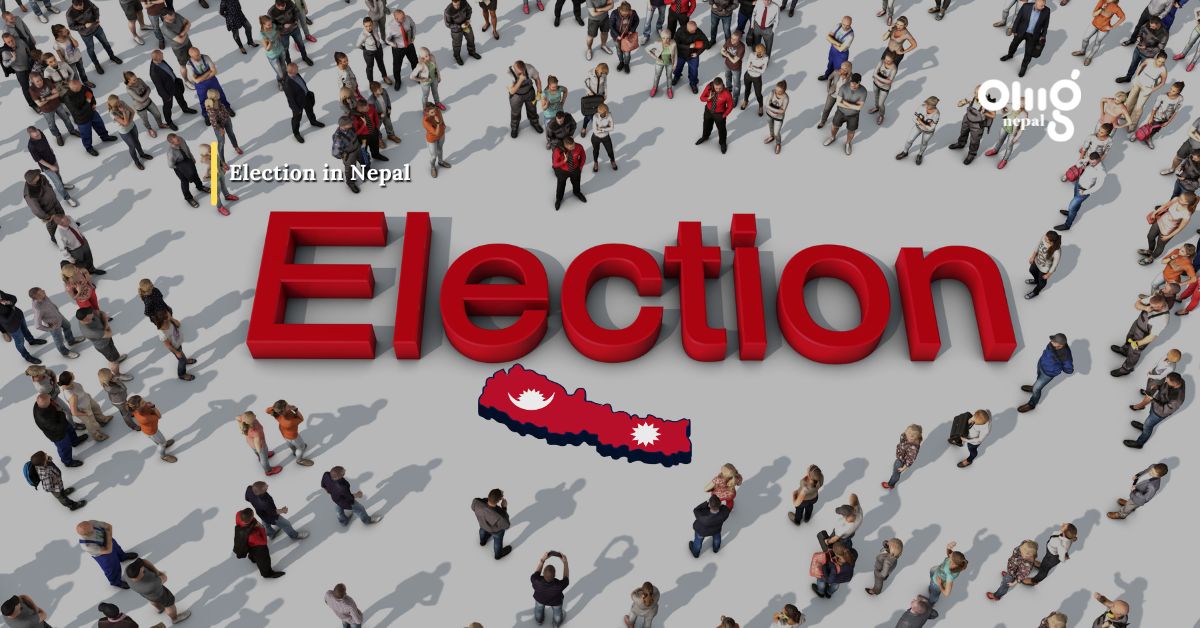Elections are a thrilling time in a democracy. They offer a chance for citizens to voice their opinions and choose the direction they want their country to head in. But what happens after the confetti settles and the final results are announced?

This is a crucial period often referred to as the post-election phase. This blog will explore what typically happens during this time and how a new government is formed.
Conceding Defeat and Gracious Victories
The winning party, on the other hand, celebrates their victory, but also acknowledges the responsibility that comes with it. They must now unite the country, even those who didn’t vote for them.
Government Formation: Coalitions and Compromises
In many countries, a single party rarely wins enough votes to govern alone. This leads to coalition building, where multiple parties with similar ideologies join forces to form a government. Negotiations take place to decide on shared goals, how cabinet positions will be filled, and how they will work together effectively.
This process can take time, but it’s an important part of ensuring a stable government that represents a broader range of views.
Setting the Agenda: Priorities and Policies
Once the new government is formed, they will unveil their agenda. This outlines the key issues they plan to address and the policies they will implement. This agenda will likely reflect the promises made during the campaign, but may also need to be adapted to current circumstances.
Public Scrutiny and Shaping the Future

The formation of a new government is just the beginning. Citizens will be closely following their actions, holding them accountable for their promises. A strong civil society and independent media play a vital role in this process.
By staying informed and engaged, citizens can shape the course of their nation throughout the government’s term.


